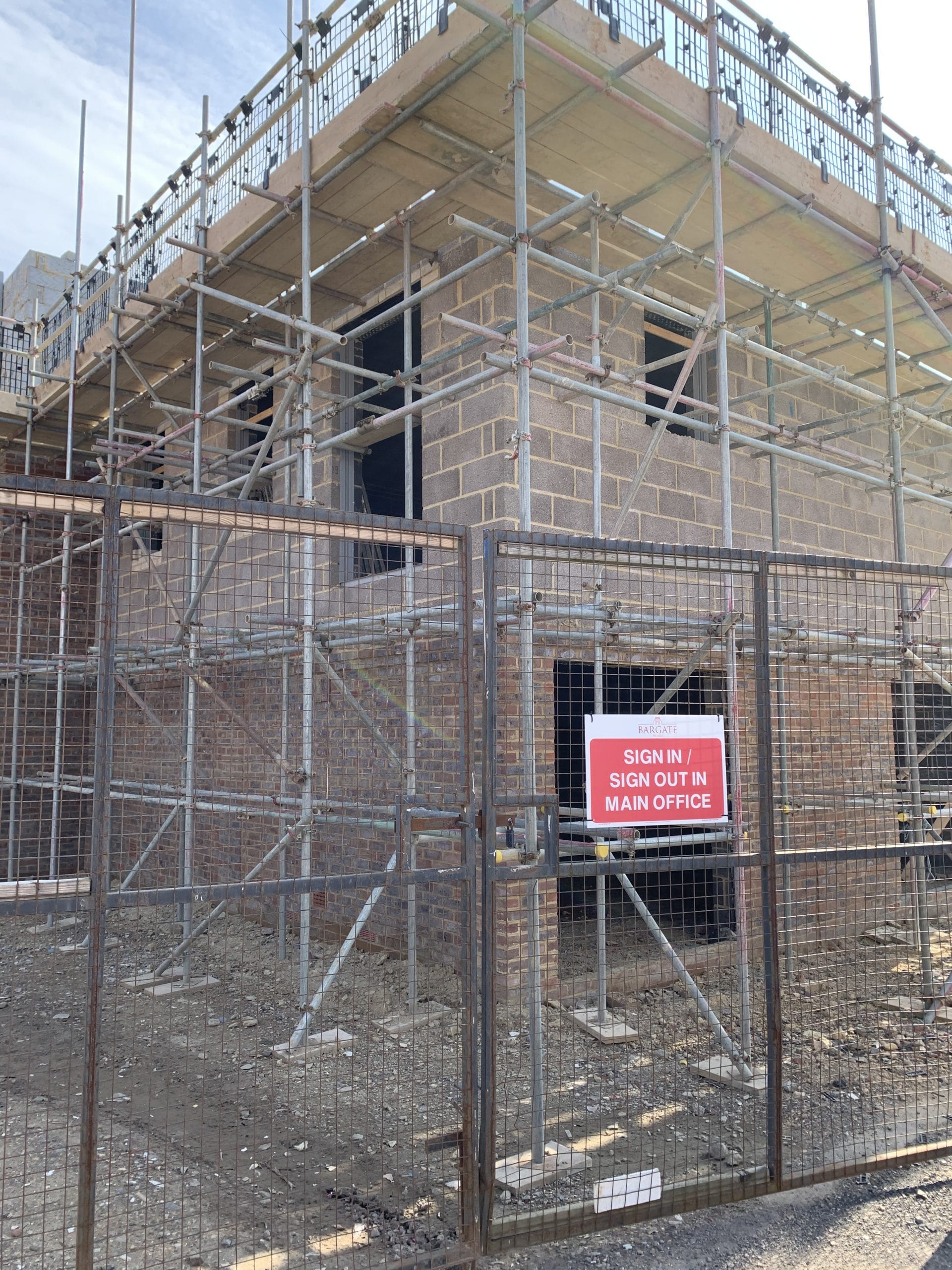Make the most of your time off-site by reviewing your construction methods and making your development as ‘green’ as it can possibly be.
As much as we are determined not to add to the deafening noise around our current pandemic, there’s no avoiding the fact that COVID-19 is having – and will continue to have – a major impact on the way all of us run our businesses.
But, we believe that now is the time to truly focus on making our businesses more efficient and impactful ready for life “on the other side”.
For our clients, a brilliant way to capitalise on this time away from the building site is by focusing on how they can make their construction methods as efficient – and with as positive a result – as possible.
The prime way of showing that your development is energy efficient and sustainably minded is through your SAP assessment.
And in an ideal world, you’ll want to pass that SAP assessment first time and with flying colours.
What might have felt like a heavy task before is now a major opportunity: with more time on your hands, why not invest some of it in really putting the plans in place to make sure (when the time comes) your SAP score is first class?
Of course, we’re here to help you with that. Here are eight top tips for passing your SAP test first time.
1. Start as you mean to go on.
The best time to carry out a SAP assessment is during the design stage of your project.
This will save you time and money; if you make the mistake of starting work onsite before you have your SAP approved, only to find out that your work doesn’t comply with Part L targets (which change all the time).
It’s always better to plan ahead than have to make costly retrospective changes.
2. Include low energy lighting.
The minimum requirement for a new build is that at least 75% of fixed internal lights are low energy. Including low energy lighting in your development is no longer a “nice to have” – it’s a must.
This is a quick, cheap fix to bring in; plus, the lighting sector has come on enormously in recent years, meaning low energy lightbulbs look (and work) just as well as the alternative.
3. Reduce your fabric U values.
Your U value is your thermal performance rating; improving it is arguably the most cost effective way to pass your SAP calculation.
Essentially, this comes down to making your building fabric as strong and efficient as possible. We always recommend looking at the improvements you can make to what is already there before committing to further pricey renewable additions.
We’ve put together an easy to digest guide on U-value rating if you want to find out more.
4. Thermal Bridging
Once you have reduced heat loss through the floors, walls, roofs and openings with low u-values, it is then important to improve details around non-repeating thermal bridges. These are junctions where two or more elements meet; for example between ground floor and external walls, or around windows. Lintels are particularly important as they tend to cross “bridge” the insulation layer.
Good junction details are extremely important in building low energy buildings. Read about our thermal bridging calculation services to find out more.
5. Think about your thermal mass.
The thermal mass of a development refers to how well a building material can store and absorb heat.
A “high thermal mass” means that a heating system won’t have to work as hard to heat the building fabric; while this is seen as a major plus in terms of regulating heat and maintaining a moderate temperature year round, when it comes to SAP tests, a lower thermal mass is often favoured.
Why? The higher the thermal mass, the longer it will take to respond to changes in temperature. A quicker response could result in a user turning off their heating or cooling their property at a quicker rate, hence using less energy.
6. Minimise air leakage.
The more air tight a dwelling, the better it will perform thermally. It is for this reason that ventilation plays a key part in any SAP calculation.
There are an abundance of ways to improve the air tightness of your building; in fact, we’ve recently released our FREE downloadable “12 steps to air tightness” guide that we invite you to digest.
7. Consider a heat recovery system.
Including a heat recovery stem in your design can substantially increase your SAP score. There are some popular choices here, including Flue Gas Heat Recovery and Ventilation with Heat Recovery.
Perhaps the most advantageous is the Waste Water Heat Recovery system. These systems take the water used in your shower and repurpose it to warm the incoming mains water. They’re a seriously efficient option, although do come with a hefty price tag in many cases.
8. Don’t forget your renewables.
If you are still finding it tricky to get the big green tick, remember you can bring integrate renewables into your development.
This could include:
- Biomass boilers
- Ground source heat pumps
- Solar panels
- Solar thermal
- Wind turbines
- Hydro power
While many of these are costly, they will drastically help you with your SAP test overall result.
9. Make sure your assessor knows their stuff.
This may sound like a given, but it is crucial that you know your assessor is 100% up to date with current regulations, and has a clear, robust understanding of how these will impact your business costs.
A ‘budget SAP’ may seem like a good idea at the time, but ultimately it could result in serious pounds spent all thanks to shoddy, ill advised guidance.



















